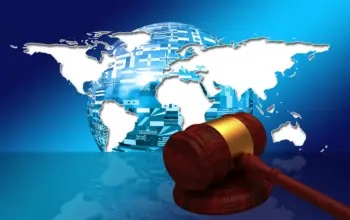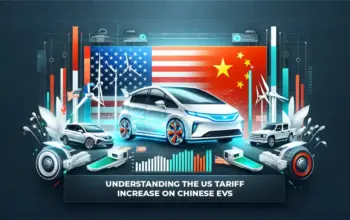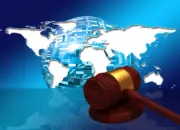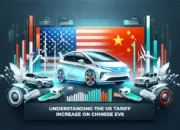Uzone.id – The automotive sector is undergoing a seismic change as the shift towards cleaner and sustainable energy gains momentum worldwide. Electric vehicles (EVs) have been touted as a major contributor to GHG neutrality based on their ability to reduce greenhouse gas emissions and fight climate change. To make the adoption of EVs faster, governments are introducing environmental regulations around the world but such rules bring with them several difficulties for automakers and other related industries.
Auto companies are literally in different legal “zip codes” when it comes to environmental compliance and this is why so many of them now need navigation aides like Manatee County-based E-Scrub Technologies. This article examines how the regulations regarding the environment in that region is driving EVs, what are the obstacles companies face, and their ways to adapt with this ever-changing stage.
Global demands for sustainability and carbon neutrality are accelerating the worldwide shift from internal combustion powertrains (ICE) to electric allies. Norway, Germany, and the UK are among nations that have already announced intentions to end sales of fossil-fuel-powered vehicles by as soon as 2030. By the same token, a variety of incentives and mandates are being rolled out in both states and at federal level in favor of EVs here.
One of the primary tools governments use to promote environmentally friendly vehicles is through regulatory frameworks such as emission standards and zero-emission vehicle mandates. The European Union’s stringent CO2 emission standards, for example, have forced automakers to lower the average emissions of their fleets or face heavy fines. Meanwhile, countries like China have implemented strict EV quotas to encourage automakers to invest in electric and hybrid technologies.
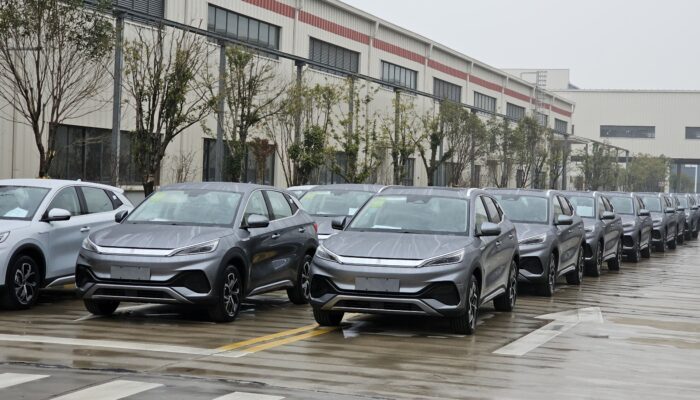
Compliance Challenges in the EV Era
For automakers, complying with environmental regulations while maintaining profitability is no small feat. Some of the key challenges they face include:
1. Meeting Emission Standards: Automakers must continuously innovate to lower the emissions of their entire fleet. This means investing in both electric vehicle technology and improving the fuel efficiency of traditional combustion engines. Failure to meet these emission targets can result in hefty penalties, especially in regions with strict regulations like the European Union.
2. Supply Chain Adjustments: The shift toward EVs requires a complete overhaul of traditional automotive supply chains. Battery production, for instance, relies heavily on sourcing raw materials such as lithium, cobalt, and nickel. These materials are often extracted in ways that raise environmental and ethical concerns, creating additional legal and reputational risks for automakers.
3. Recycling and Waste Management: As the number of electric vehicles grows, so too does the volume of used EV batteries. Many countries have begun to implement regulations governing the recycling and disposal of lithium-ion batteries, which can be hazardous if not handled properly. Automakers are required to comply with these regulations to minimize environmental harm, but the development of effective recycling processes is still in its infancy.
4. Intellectual Property and Technology Sharing: As automakers race to develop electric powertrains, patent disputes and concerns about intellectual property theft are rising. This creates a complex legal landscape in which companies must not only navigate environmental regulations but also protect their innovations from competitors.
Regional Differences in Environmental Regulations
One of the most significant challenges for automakers is that environmental regulations vary widely from one region to another. While Europe and China have adopted aggressive approaches to EV mandates and emission reductions, other regions like the U.S. have been slower to embrace similar standards. In fact, under the Trump administration, many fuel efficiency and emission regulations were rolled back, only to be reinstated by President Biden’s administration as part of his climate change agenda.
In contrast, China is leading the charge with one of the world’s most aggressive EV policies. The country has implemented a dual-credit system that penalizes automakers for producing too many gas-powered vehicles and rewards them for producing zero-emission vehicles. This has incentivized both local and global automakers to prioritize EV production in China, which now represents the largest market for electric vehicles in the world.
For automakers that operate globally, this patchwork of regulations creates a significant compliance burden. They must carefully track and adapt to the specific legal requirements of each market in which they operate, often developing different vehicle models to meet the unique standards of different regions.
How Automakers Can Adapt
To thrive in this complex regulatory environment, automakers must take proactive steps to ensure compliance with environmental laws while remaining competitive. Here are some strategies they can adopt:
1. Investing in EV Technology: Automakers must continue to invest in electric vehicle research and development to meet future regulatory requirements. This includes not only improving battery efficiency but also expanding charging infrastructure and making EVs more affordable for consumers.
2. Collaborating with Governments: Automakers should work closely with government regulators to shape policies that promote EV adoption while considering the economic realities of the industry. Public-private partnerships can help accelerate the development of charging infrastructure, EV incentives, and recycling programs.
3. Building Sustainable Supply Chains: The automotive industry must focus on ethical sourcing of raw materials and developing environmentally responsible supply chains. This includes partnering with companies that prioritize sustainable extraction practices and investing in battery recycling technologies.
4. Staying Ahead of Compliance: Automakers need to stay informed about evolving environmental regulations and take a proactive approach to compliance. This means establishing dedicated teams to monitor regulatory changes and implement strategies that align with both current and future legal requirements.
The Future of EV Regulations
As the world becomes more focused on fighting climate change, environmental regulations related to electric vehicles will only grow more stringent. Automakers will need to continuously innovate and adapt to meet these demands while balancing profitability and consumer expectations.
With the rapid evolution of technology and the increasing global push toward sustainability, the future of the automotive industry lies in zero-emission vehicles. Navigating the complex web of environmental regulations will be a critical factor in determining which companies emerge as leaders in this new era of transportation. (Eno)



